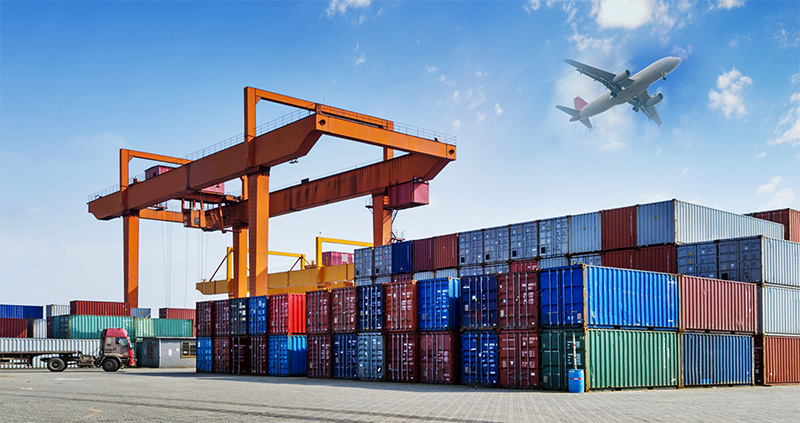01 MAR 
ADB: More Than $1.7T per year, Asia Infrastructure Gap
Infrastructure needs in developing Asia and the Pacific will exceed US$22.6 trillion, or $1.5 trillion per year, from 2016 to 2030, if the region is to maintain growth momentum, according to a new flagship report by the Asian Development Bank (ADB).
The estimates rise to over $26 trillion, or $1.7 trillion per year, when climate change mitigation and adaptation costs are incorporated.
Of the total climate-adjusted investment needs over the 15-year period, $14.7 trillion will be for power and $8.4 trillion for transport, said the report entitled Meeting Asia’s Infrastructure Needs. Investments in telecommunications will reach $2.3 trillion, with water and sanitation costs at $800 billion.
“The demand for infrastructure across Asia and the Pacific far outstrips current supply,” said ADB president Takehiko Nakao. “Asia needs new and upgraded infrastructure that will set the standard for quality, encourage economic growth, and respond to the pressing global challenge that is climate change.”
The substantial infrastructure gap translates to over 400 million people still lacking electricity, 300 million without access to safe drinking water, and about 1.5 billion lacking access to basic sanitation, ADB said.
Many economies in the region also lack ports, railways, and roads that could connect them to larger domestic and global markets.
East Asia will account for 61% of climate-adjusted investment needs through 2030. As a percentage of GDP, however, the Pacific leads all other sub-regions, requiring investments valued at 9.1% of GDP. This is followed by South Asia at 8.8%, Central Asia at 7.8%, Southeast Asia at 5.7%, and East Asia at 5.2% of GDP.
The $1.7 trillion annual climate-adjusted estimate is more than double the $750 billion ADB estimated in 2009. The increase is due to the inclusion of climate-related investments; the continued rapid growth of the region; the higher number of countries covered, from 32 in the 2009 report to 45 in the latest; and the use of 2015 prices versus 2008 prices.
Currently, the region annually invests an estimated $881 billion in infrastructure. The infrastructure investment gap—the difference between investment needs and current investment levels—equals 2.4% of projected GDP (climate-adjusted) for the five-year period from 2016 to 2020.
China has a gap of 1.2% of GDP in the climate-adjusted scenario. Without China, the gap rises to a much higher 5% of the remaining 24 economies’ projected GDP. Public finance reforms could generate additional revenues estimated to bridge around 40% of the gap (or 2% of GDP) for these 24 economies.
For the private sector to fill the remaining gap (3% of GDP), it would have to increase investments from about $63 billion today to as high as $250 billion a year over 2016-2020, said ADB.
Regulatory and institutional reforms are needed to make infrastructure more attractive to private investors and generate a pipeline of bankable projects for public-private partnerships (PPPs), it continued.
It added: “Countries should implement PPP-related reforms such as enacting PPP laws, streamlining PPP procurement and bidding processes, introducing dispute resolution mechanisms, and establishing independent PPP government units.”
Deepening of capital markets is also needed to help channel the region’s substantial savings into productive infrastructure investment, it said.
source: http://www.portcalls.com/adb-asia-infrastructure-gap-surpasses-17t-year/